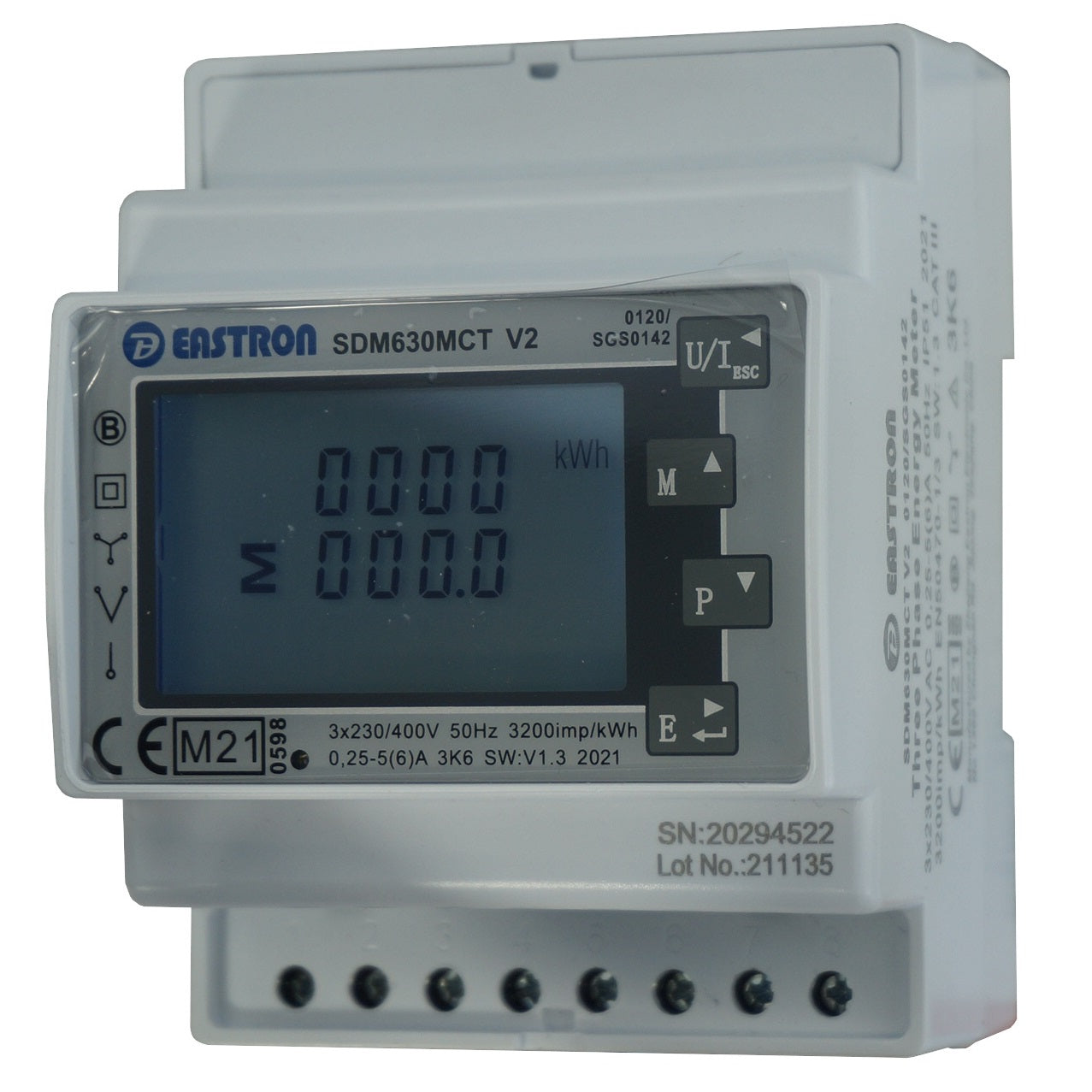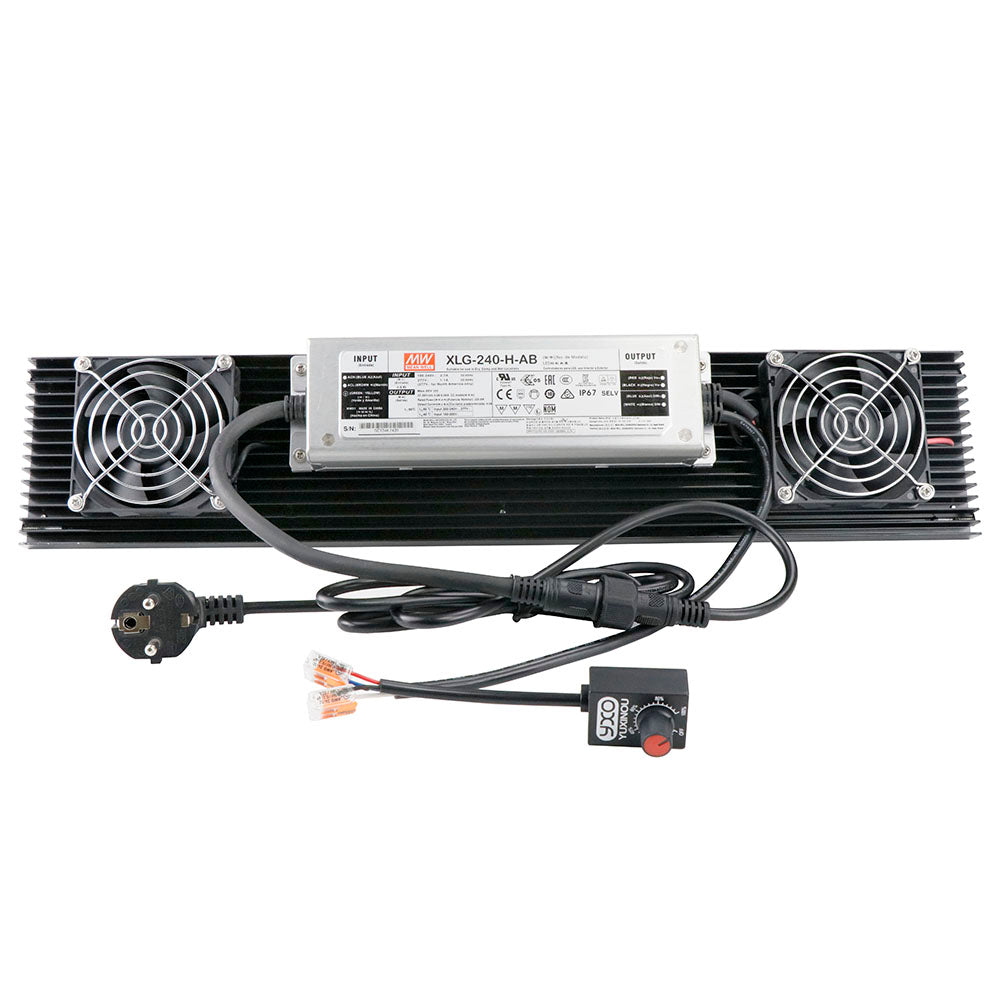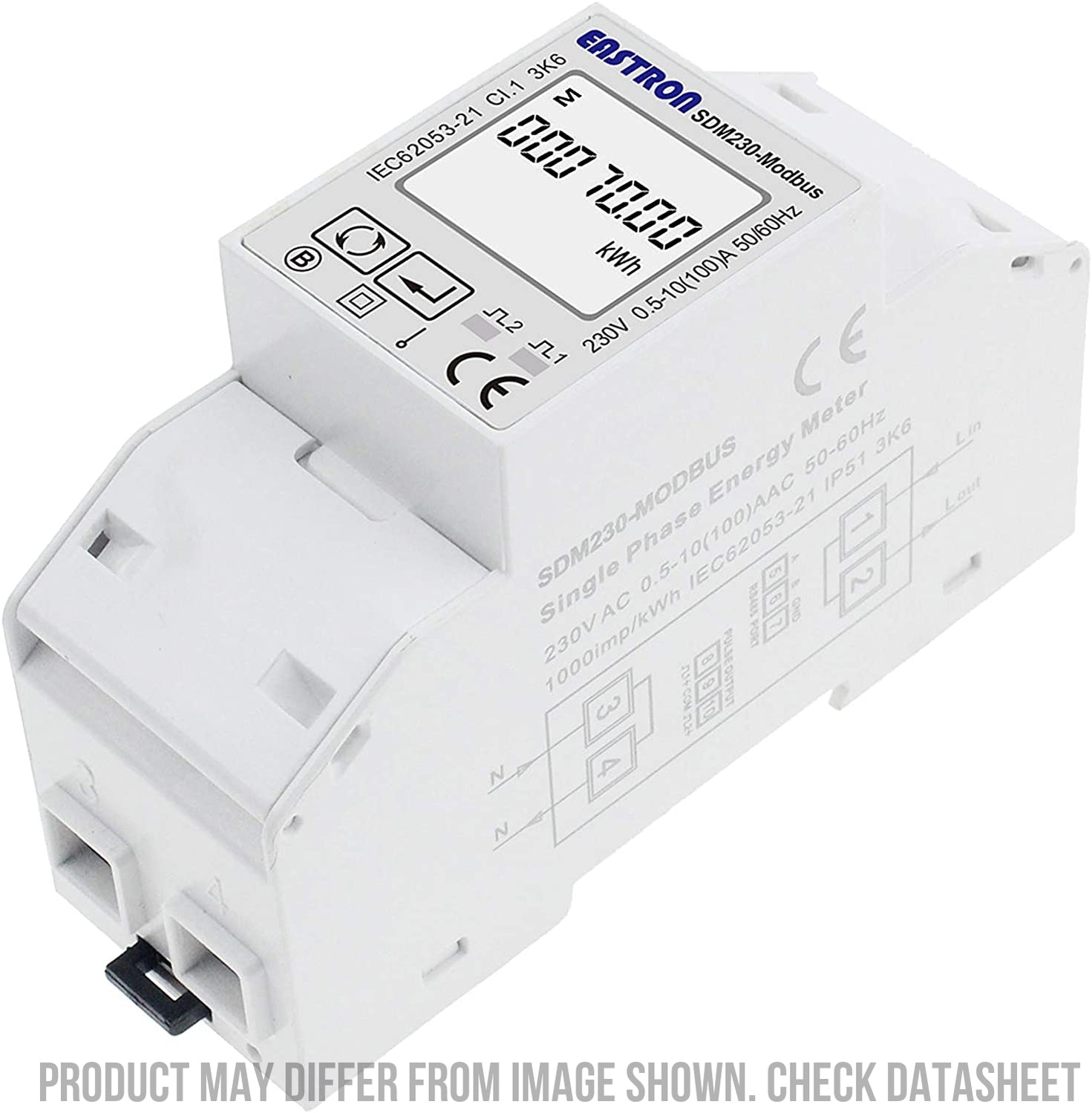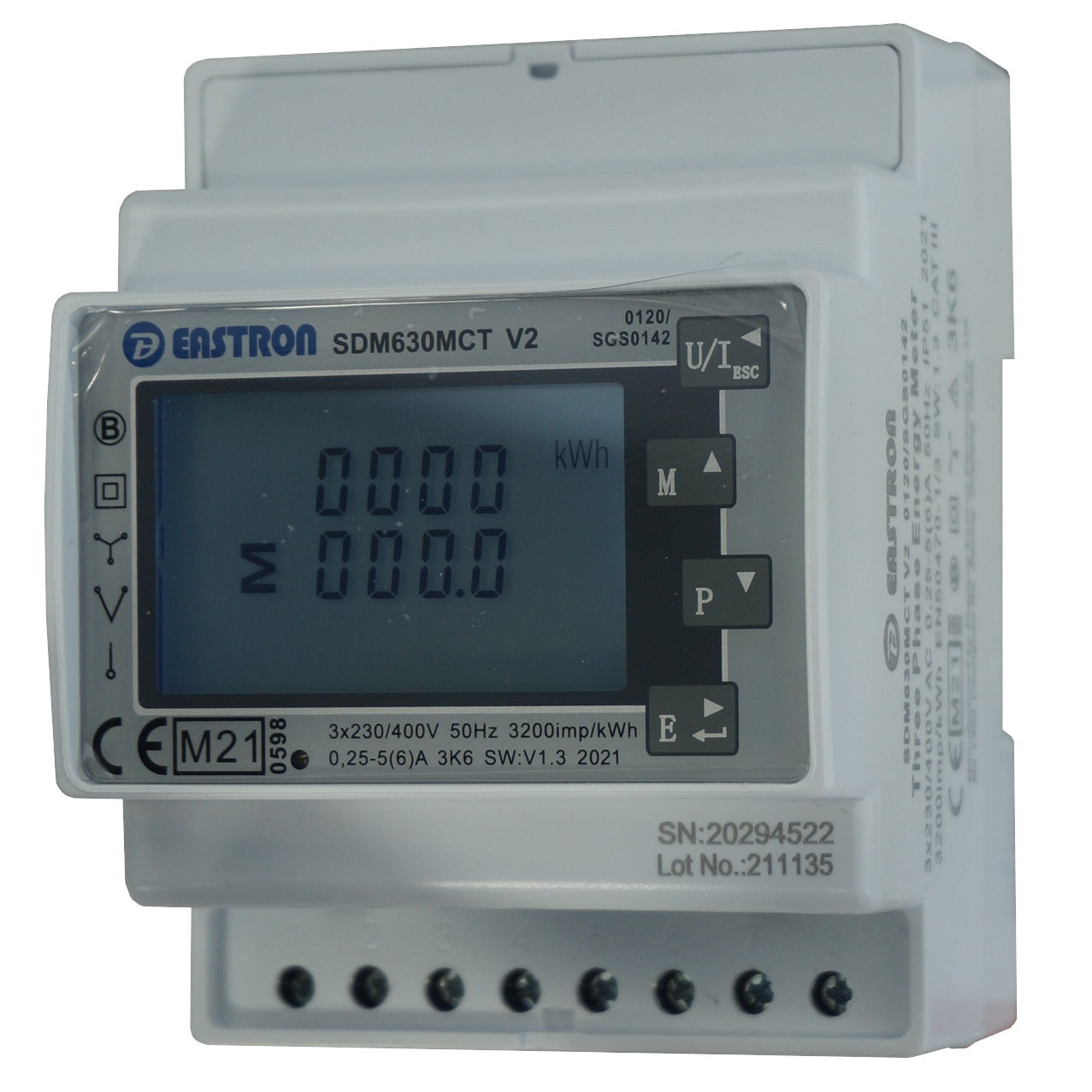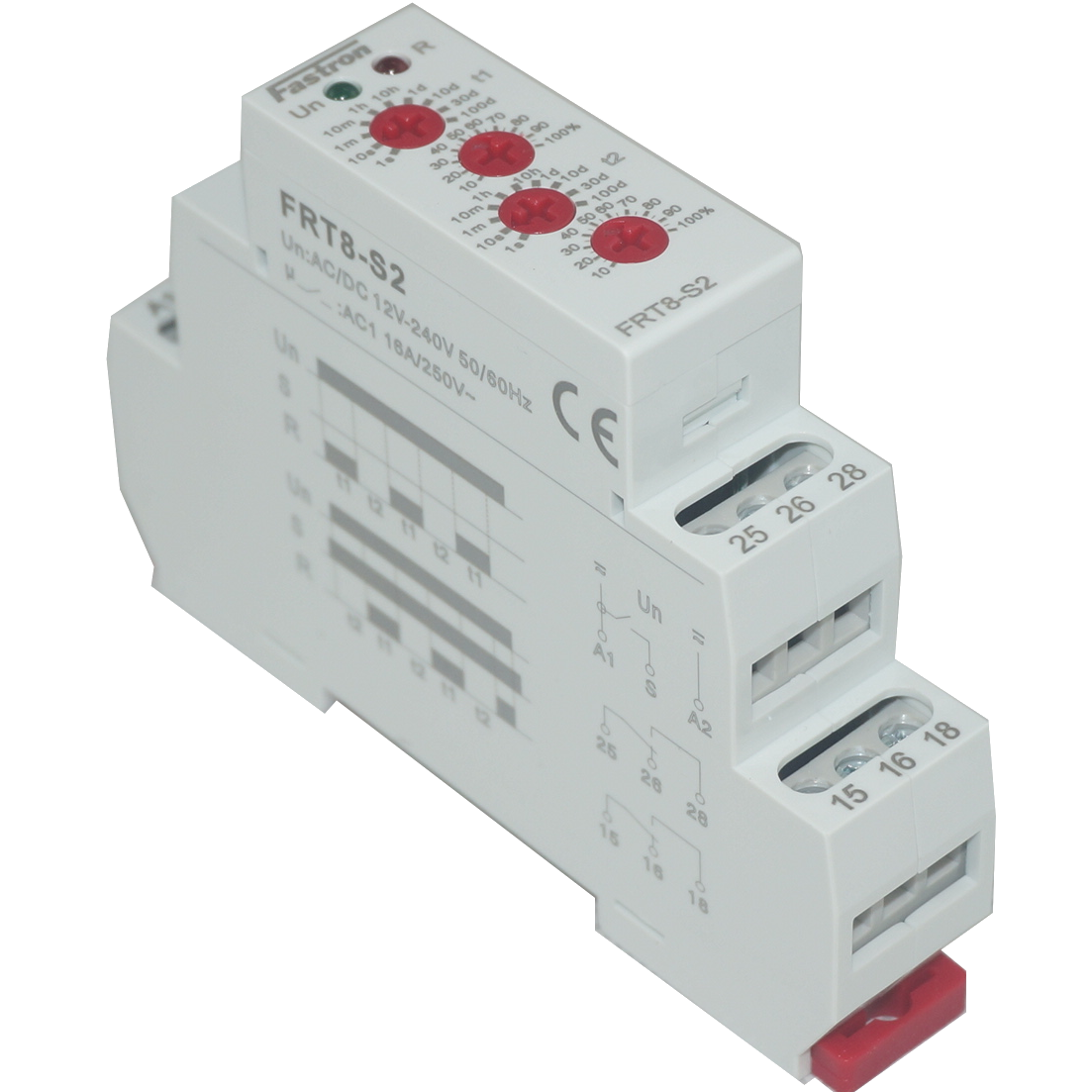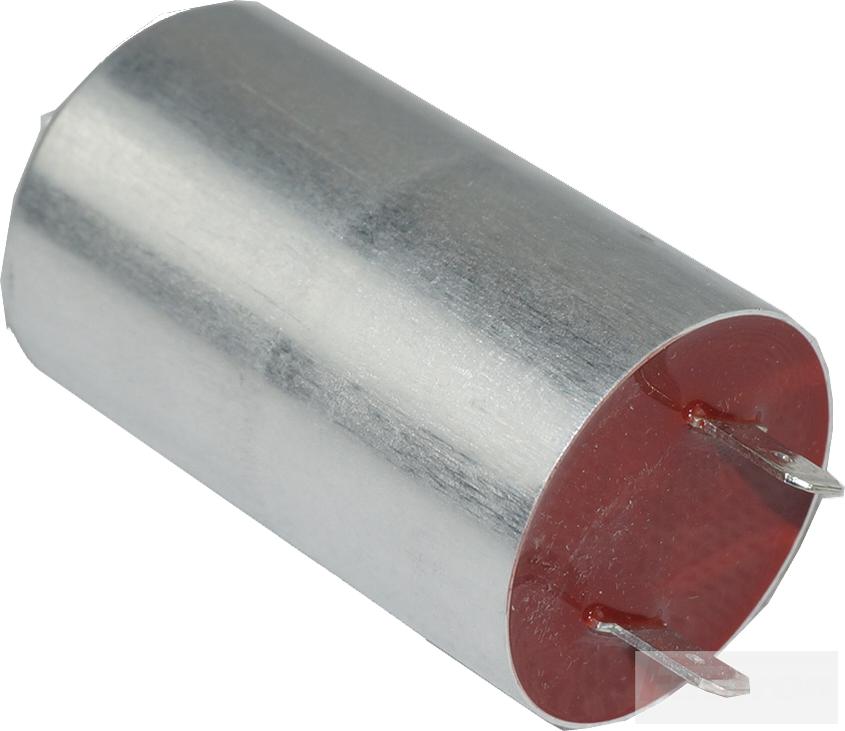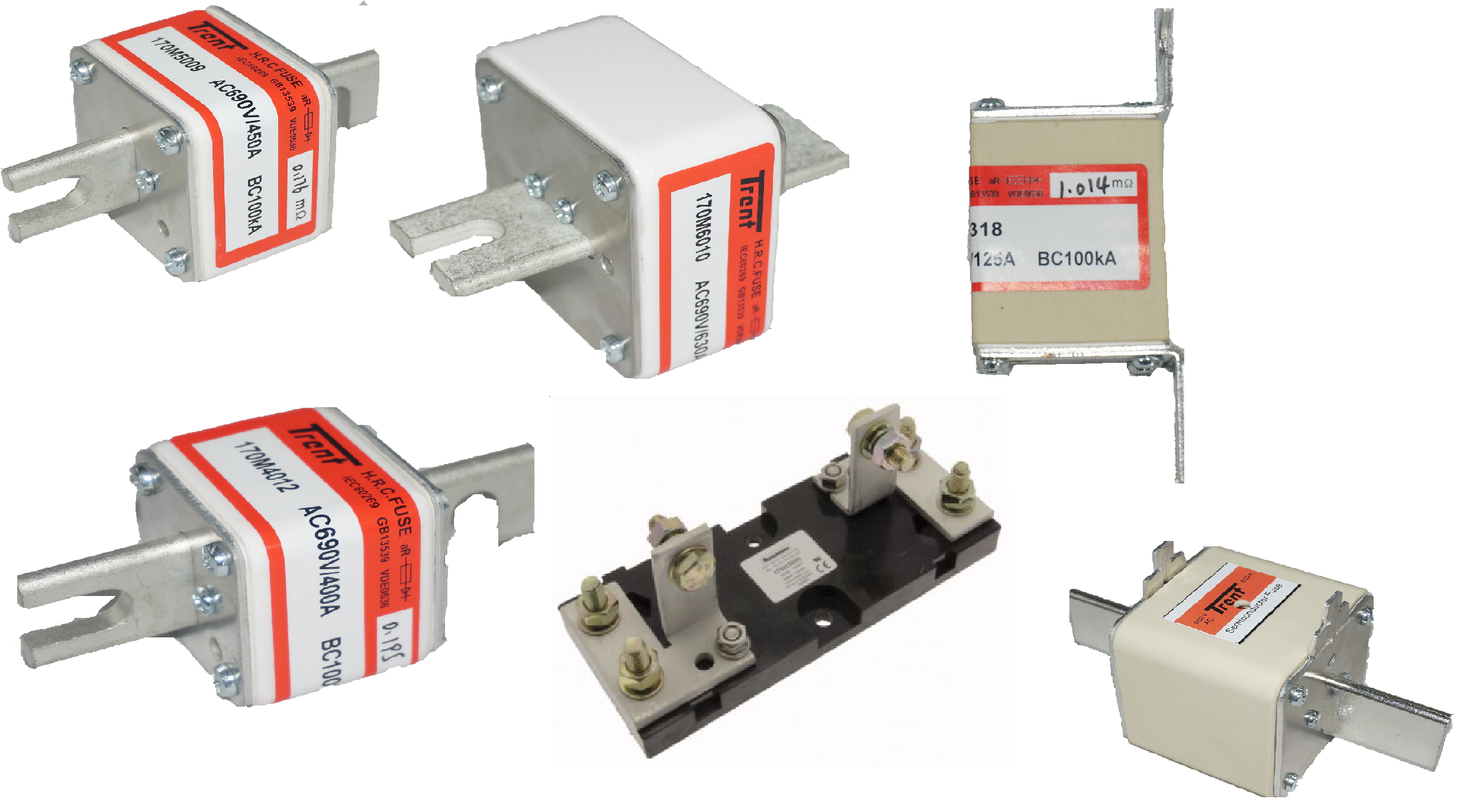
Selection of Semiconductor Fuses
Selection of Semiconductor Fuses and Fuse Holders
Fastron has manufactured semiconductor fuses for over 40 years. In this blog we will discuss how to select the right fuse to protect Semiconductors, Solid State Relays, Batteries or Motors.
Our core experience is designing reliable Power Control Systems using Semiconductors. Our focus in this blog is on Semiconductor or Solid State Relays Protection.
Considerations
Selection is based on practical requirements such as
- Physical limitations on site or in the design
- Braking capacity (kA)
- Fuse Class aR or gR/gS
- Nominal current rating of fuse
- Voltage rating of fuse
- I²t Rating of Fuse
- Range of ratings available in each package type
- Fuse holder rating and size
- IP Safety Requirements
Physical limitations on site or in the design
The first step in selecting a fuse and fuse holder is to determine the physical type of fuse that you wish to use.
First check the site, or design and make sure of the physical limitations and required clearances can be met.
Breaking Capacity (kA) of fuses
The Breaking Capacity or kA of a fuse if the maximum allowable current at the maximum specified voltage where the fuse can safely operate or "break" without rupturing the fuse body. Therefore this parameter is very important and should not be overlooked.
Fuses should be selected to have a higher kA rating than the prospective or potential short circuit fault current the fuse will be subjected to.
Fuses market HRC - High rupturing capacity are widely used for these applicatons.
Fuse Class
There are different types of fuse class including the following
gS & gR -> Full range breaking capacity - Short Circuit or Overload
aR -> Partial Range breaking capacity - Short Circuit only
gPV -> Capable of interrupting low overcurrents associated with faulted PV (reverse current, multi-array fault) string arrays.
Graph 1

Voltage rating of fuses
The voltage rating should exceed the maximum peak voltage which will be seen across the load. Also note you need to apply a "derating" or "conversion" factor
Graph 2

For example you are using the above CH22, or CH14 size 690V Fuse, and you will operate at 600V peak. The derating or conversion factor will be 0.9.
We will come back to this in the "I²t Rating" section below.
Nominal rating of fuse
Try to select the nominal current rating to be above the maximum inductive or resistive load which will be seen across the fuse. This is not always possible and you may need a very low I²t. Modern semiconductors generally have very high I²t and this is a rare situation to come across. Mainly found with old semicondcutor equipment and with batteries or Motors you may find these limitations to come into effect
I²t Rating of Fuse
The I²t value of the fuse should be at least 10-20% lower than the rating of the semiconductor, battery or motor you are protecting. The value of I²t used for the fuse will be the value after derating is applied. This is the real world parameter you need to consider.
In many fuse books the curves are given for I²t vs prospective fault current. oin thi case we have a table which helps to select the right fuse.
Table 1

For example for CH22 fuse, 40 Amp, the I²t rating is 750 A²/s @ 600/690VAC Peak, however at 415V/480V peak the value becomes closer to ~450 A²/s
Select next lowest value from 10-20% of device I²t
in our case we have a solid Stsate relays with I²t = 1750. In this case the choice is obvious and we shoudl select the 40 Amp Fuse.
Range of ratings available in each package type
It might be necessary to move to a large or smaller sized fuse the differnt sytles we carry are as follows.
DIN Rail Mount Cartridge Fuses 100kA, 14x51mm & 22x58mm
Solar Cartridge Fuses & Holders 20kA, 10.3x38mm
Fuse holder rating and size
Care should also be taken to ensure the fuse holder can handle the voltage and the continuous operating RMS current of the system power system.
IP Safety Requirements
In our example we wish to protect a 50 Amp solid state relay (D2450). From table 2 below we have I²t value of 1779 A²/s @ 50Hz
From Graph 1, we can see for 240VAC the fuse I²t will derate by a factor of 0.45 for CH22 type. Based on this we can select the 63 Amp fuse. We calcuated this way -> 3080 x 0.45 = 1386. We aim for 10-20% below the SSR's rated I²t. in this case we are just over 20% below. the next fuse above will be be far over this I²t rating. So we have elected the correct fuse for our application.
Table 2

The fuse datasheet where these value were taken from can be found here. The fuses are also available for sale in our online store. For help with selection get in touch with our sales team here.
For a list of the types of fuses Fastron currently offers, see our Fuses Product page here.


